Search engine advertising (also called pay-per-click, PPC or SEA) offers a direct path to website visitors, but is it the right choice for you? This guide breaks down what beginners need to know before investing in search ads.
Google alone offers several types of search advertising options:
- Search Campaigns: Text ads on Google Search.
- Shopping Campaigns: Product ads on Google Shopping, dedicated for e-commerce.
- Video Campaigns: Video ads on YouTube.
- Performance Max Campaigns: Automated campaigns across all of Google’s networks, including Google Maps, Discover and Gmail.
- Local Services Ads: Connect local service providers directly with potential customers searching for their services on Google.
Ads can also look slightly different depending on the search engine. Here’s a keyword that triggers two types of ads on Google: regular text ads and shopping ads showing products directly from advertisers’ merchant center.
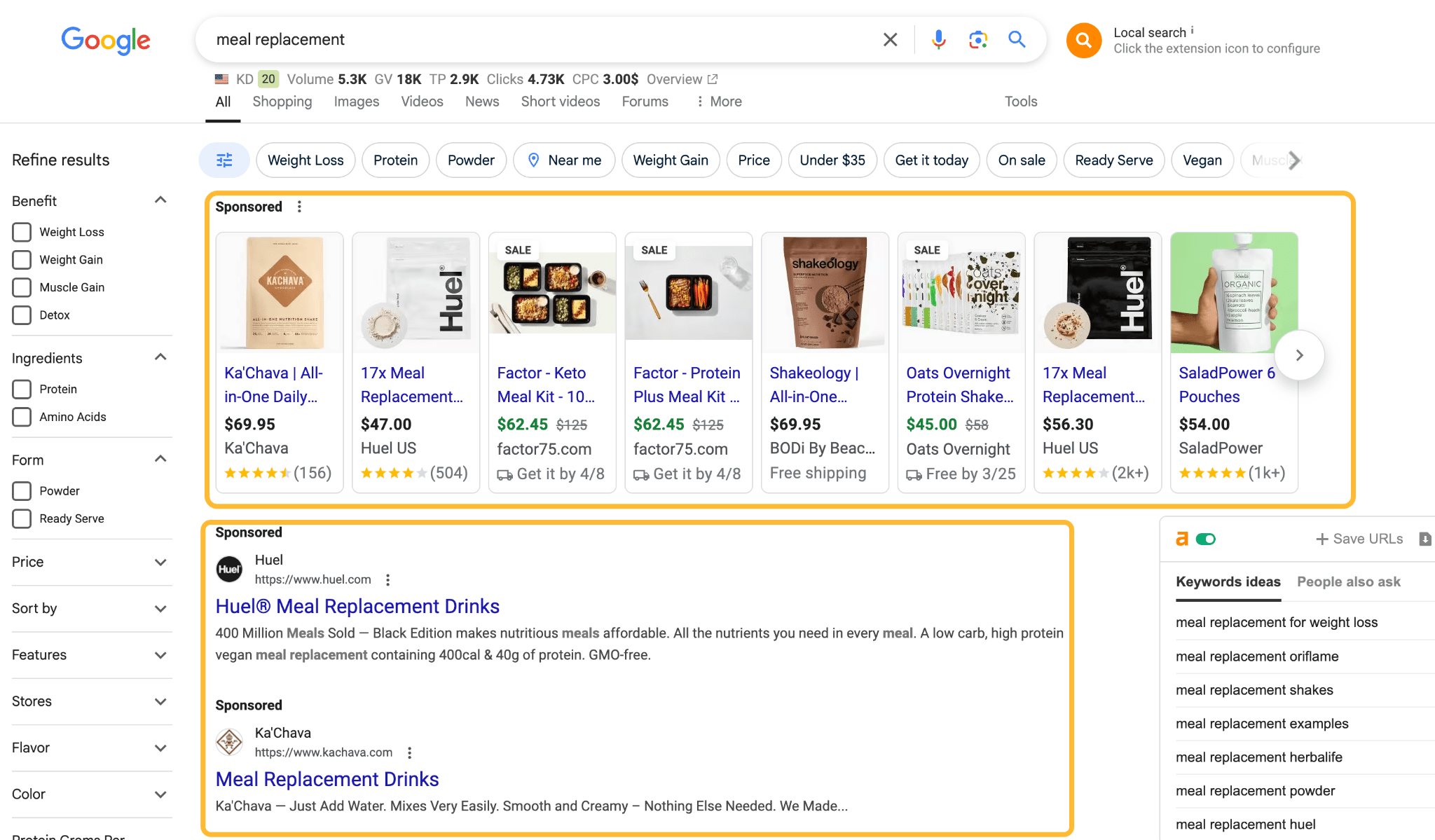
And here’s the same search term on Bing.
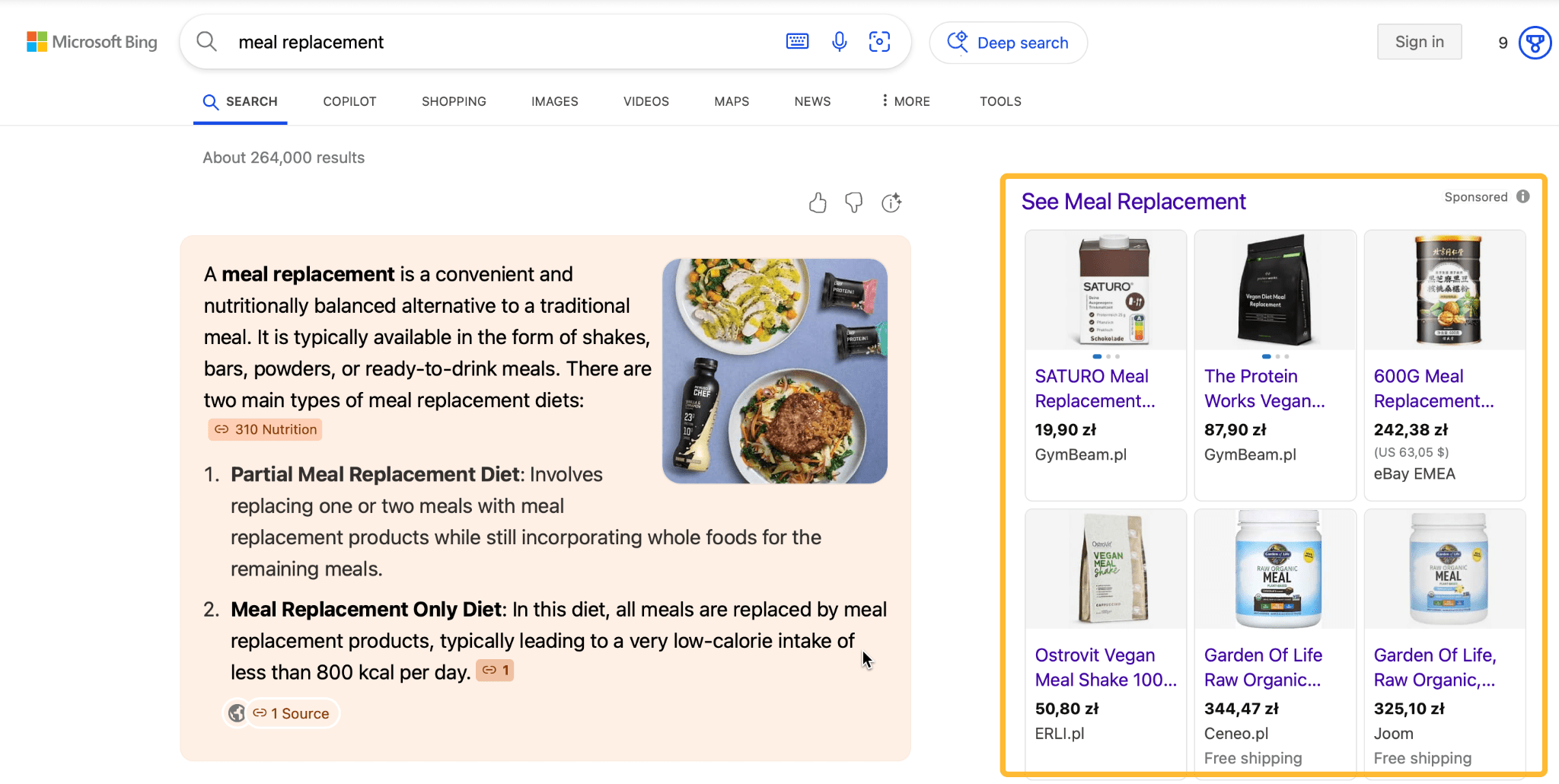
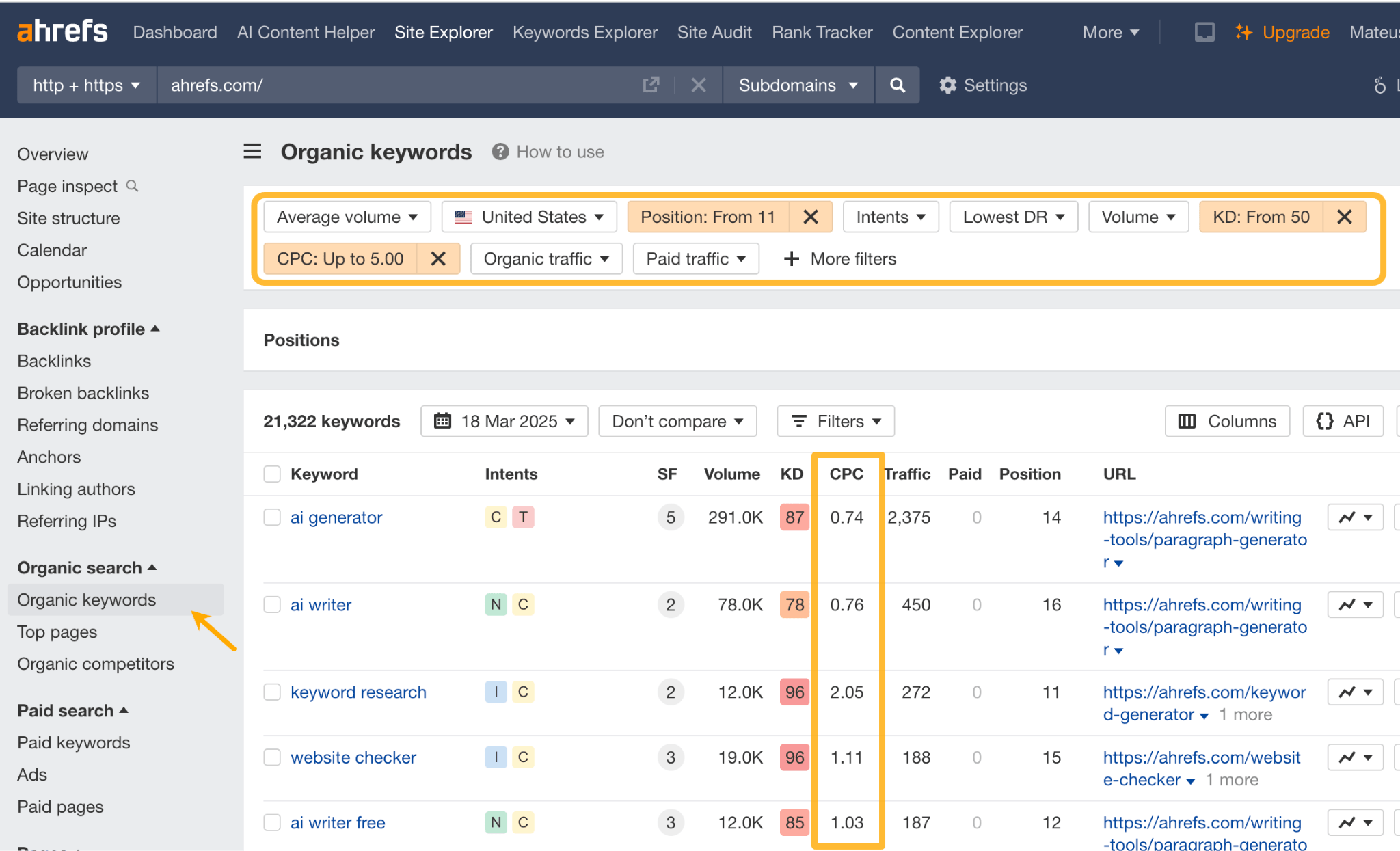
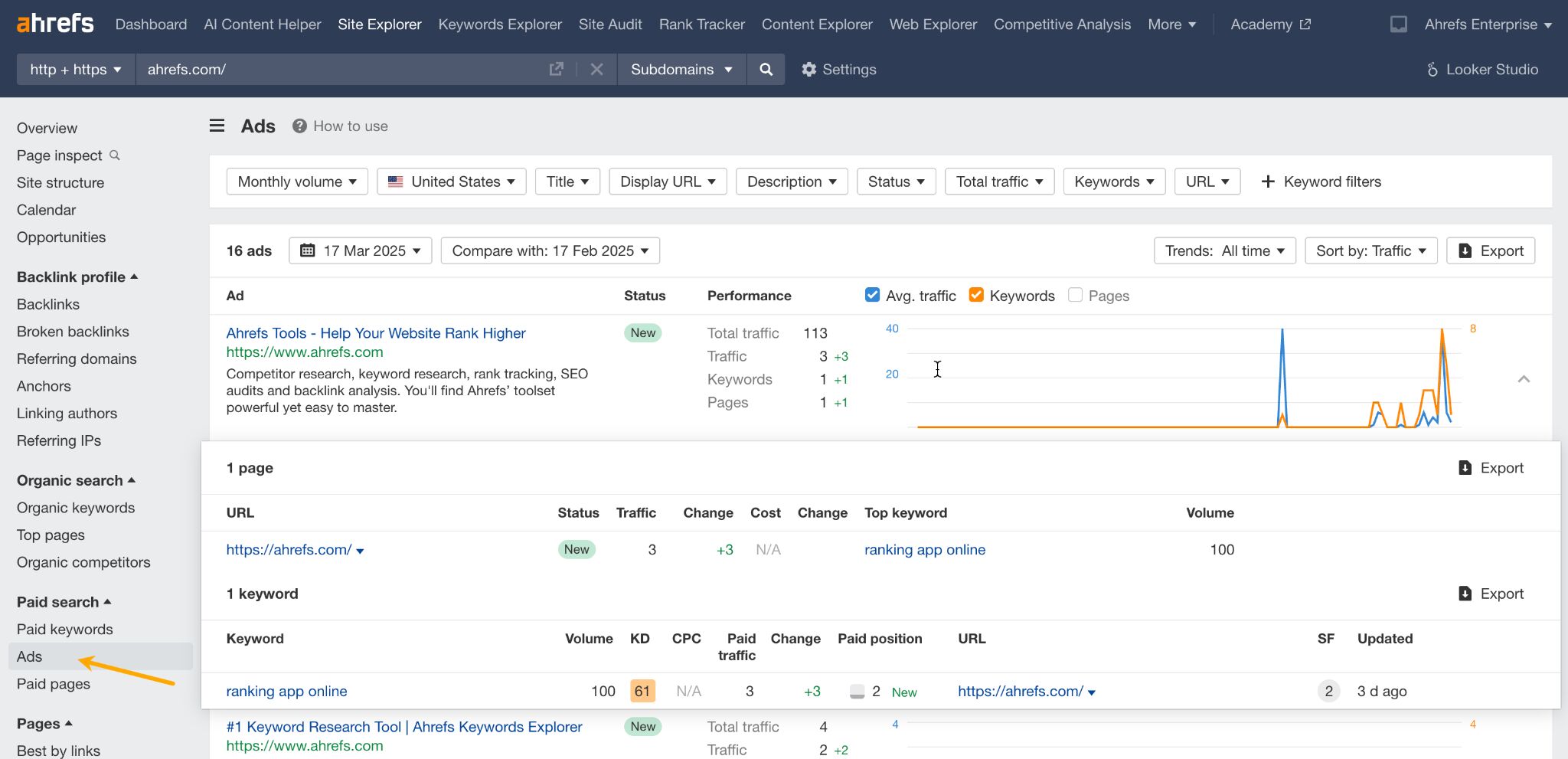
| Platform | Best For |
|---|---|
| Google Ads | All-purpose reach; global or local businesses; B2C and B2B markets. |
| YouTube Ads | Brand awareness, younger consumers, visual storytelling. |
| Microsoft Ads (Bing) | Cost-effective additional reach; older, higher-income demographics; U.S. market. |
| Yahoo Ads | Supplemental reach within Bing campaigns; reaching users of Yahoo’s news and finance portals. |
| DuckDuckGo Ads | Privacy-conscious, tech-savvy niche audiences; low competition. |
| Amazon Ads | E-commerce and direct-to-consumer product sales. |
| Baidu Ads | China market. |
- Set up conversion tracking.
- Pick one to product/service (or a few if you offer a large inventory).
- Choose targeting: Inexpensive long-tail keywords (typically more specific and less popular but with higher intent) or if you’re in ecommerce, automate the process with Responsive Search Ads.
- Double-check to exclude irrelevant keywords using the negative keywords feature.
- Provide a variety of headlines and descriptions for Google to test.
- Use the “observation” setting to get more insights from the experiment.
- Use a dedicated landing page with a clear CTA.
- Once you start seeing results, dig into performance by device, region, demographics, and time of day to refine your targeting.
Google Ads are quite straightforward to set up but it won’t hurt to watch an overview of the process like this one: Google Ads Tutorial for Beginners [Updated for 2025]
Similar Posts

Semantic SEO: The Advanced Skill Most SEOs Pretend to Understand
Semantic SEO sounds complicated, but it simply boils down to doing SEO without cutting corners. If you do SEO properly, you’re automatically doing semantic SEO. It’s just that most people aren’t doing it properly… It’s not a different type of SEO. You don’t need to do wildly different things. Rather, it’s a mental model that…
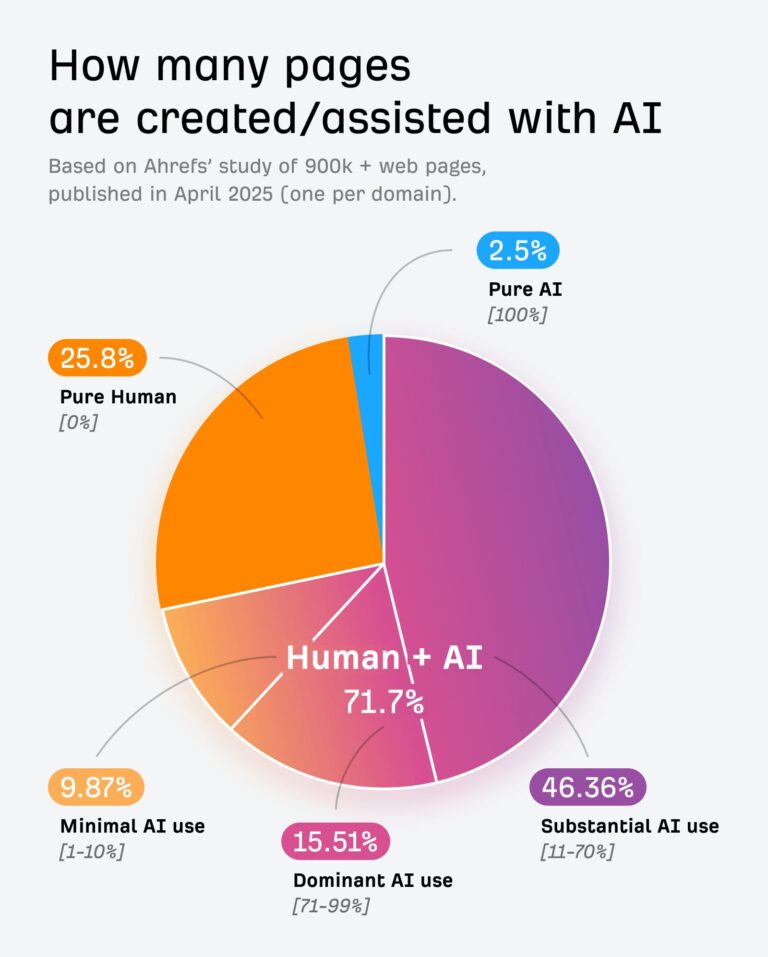
How to Detect AI-Generated Content
In April 2025, we analyzed 900,000 newly created web pages and discovered that 74.2% contained AI-generated content. With the rapid growth of generative AI, businesses, educators, and publishers are asking a critical question: how can we tell what’s written by humans and what’s produced by machines? The answer: it’s possible, but not foolproof. Here’s how…

How Blogging Can Skyrocket Your Personal Brand
Having a strong online presence is more important than ever. While social media platforms can give you a quick boost, blogging offers a more stable and in-depth approach to personal branding. So, how can you make use of blogging to build a personal brand? We will guide you through the steps that can help you…
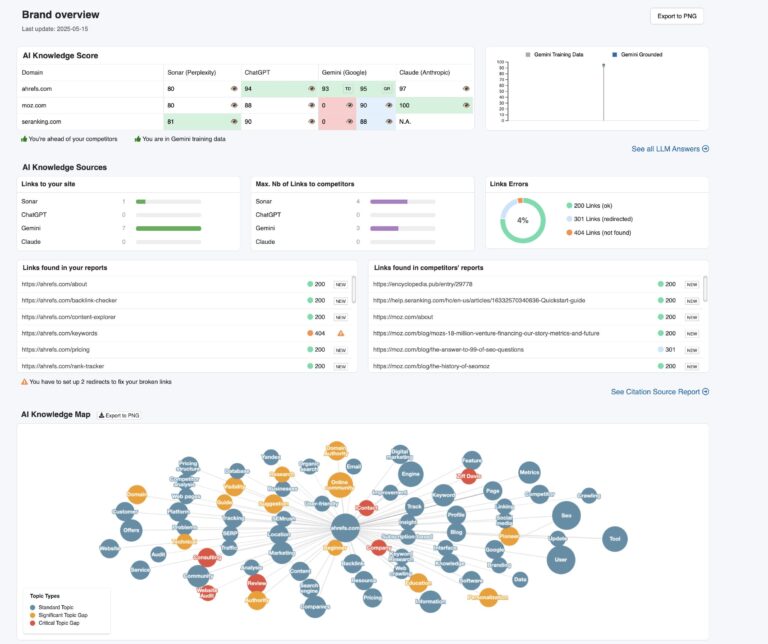
15 AEO Tools That Will Help You Optimize for LLMs
AI is reshaping search optimization—it’s no longer just about ranking in search results, but about earning visibility in AI-generated answers. We’re moving from chasing traffic, to competing for brand visibility. We’re thinking about how AI crawlers view our site–not just search engine bots. We’re trying to follow the breadcrumb trail through an entirely new kind…
Explore Our New Courses, Guides, and Tutorial Navigation
We’ve completed a major overhaul in how our tutorials are organized on Drupalize.Me. Take a look at the new Guides page and find something to new to learn about Drupal. Drupalize.Me has an interesting content problem. We have nearly 1,000 tutorials for folks who want to learn new skills in Drupal. Our tutorials cover a…

AI Can’t Replace SEO Tools. But It Can Use Them
Recently, a LinkedIn post claimed that you could replace paid SEO tools with just a handful of ChatGPT prompts and save $8,400 annually. The post exploded. 500+ likes, 400+ comments, and people are loving it. But SEOs didn’t. I can’t believe we’re still talking about this at the end of 2025. I want to believe…
